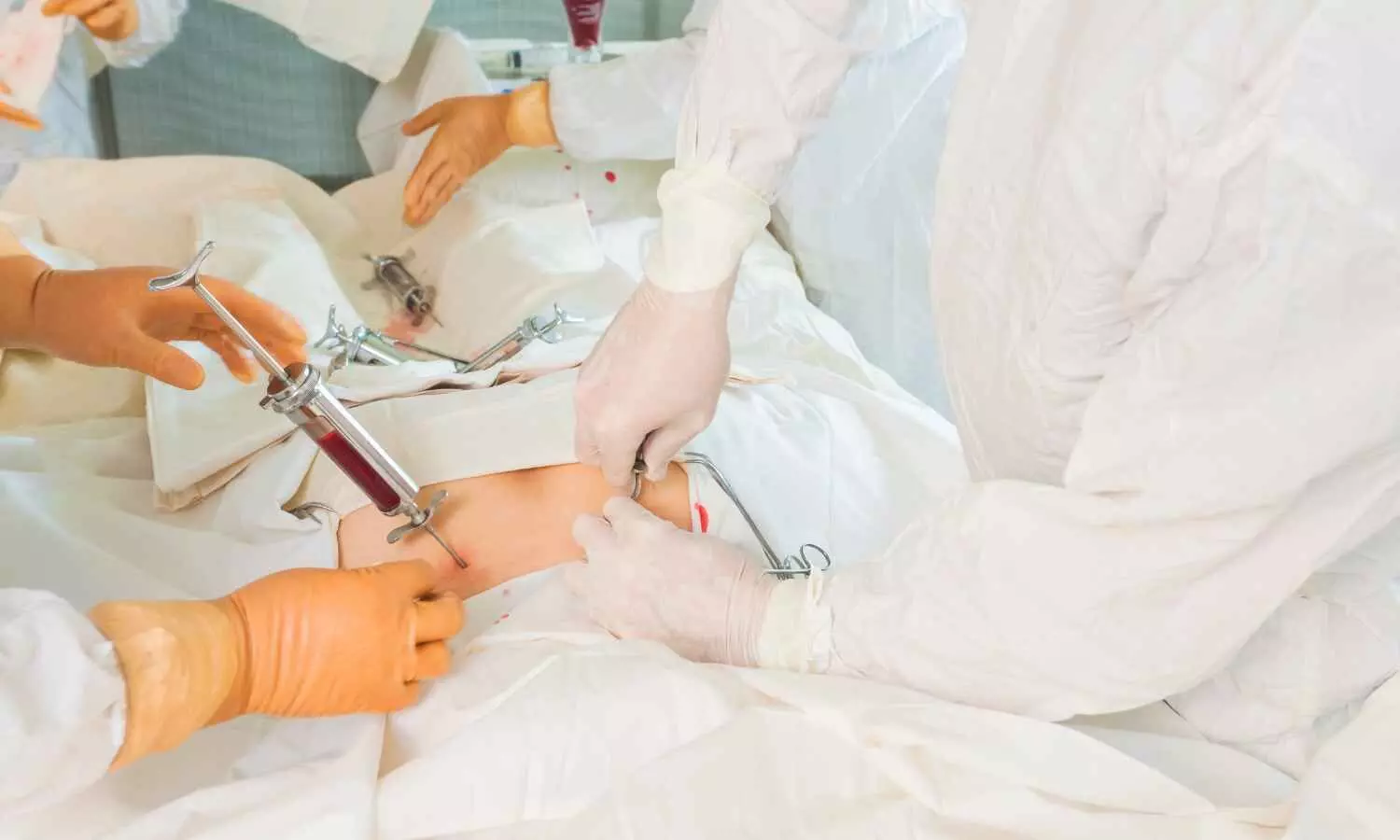Bone Marrow Stimulation Does Not Improve Outcomes in Rotator Cuff Repair, reveals study

Researchers have found that adding bone marrow stimulation (BMS) to arthroscopic rotator cuff repair (ARCR) does not significantly improve clinical or structural outcomes. A recent comprehensive study involving 204 patients aimed to determine whether BMS offers any advantage over ARCR alone for treating small, medium, and large full-thickness rotator cuff tears. This study was published in the Journal of Shoulder and Elbow Surgery by Keun-Bae Hong and colleagues.
Bone marrow stimulation, a procedure that creates multiple channels in the greater tuberosity, is often performed to enhance healing during ARCR. However, its actual benefits in improving postoperative outcomes remain unclear. This study compared patients undergoing ARCR with and without BMS to assess its impact on recovery and tendon integrity.
The study randomized 204 patients into two groups: 103 patients received both BMS and ARCR (BMS group), while 101 patients underwent only ARCR (control group). Clinical and functional outcomes were measured using range of motion, American Shoulder and Elbow Surgeons (ASES) scores, constant scores, and visual analog scale (VAS) scores at baseline and 3 months, 6 months, 1 year, and 2 years post-surgery. Tendon integrity was evaluated via ultrasound at 6 months and 2 years.
• No significant differences in range of motion, ASES scores, constant scores, or VAS scores between groups over 2 years (all p>0.05).
• Similar rotator cuff retear rates between BMS and control groups at 6 months and 2 years post-surgery (all p>0.05).
• Both groups showed similar improvements over the 2-year follow-up period. There were no significant differences between the BMS and control groups in range of motion, ASES scores, constant scores, or VAS scores (all p>0.05).
• Ultrasound assessments revealed no significant difference in the rotator cuff retear rate between the two groups at 6 months and 2 years post-surgery (all p>0.05).
The study’s findings indicate that BMS does not offer additional benefits when combined with ARCR in terms of clinical and structural outcomes. Despite theoretical advantages, the practical impact of BMS on postoperative recovery appears minimal.
The inclusion of BMS in ARCR for patients with small to large rotator cuff tears does not significantly affect postoperative outcomes. Therefore, BMS may not be necessary for improving clinical and functional recovery in these patients.
Reference:
Hong, K.-B., Lee, T.-H., Park, H.-K., Lee, J.-H., Chung, S.-W., & Park, J.-Y. (2024). The impact of bone marrow stimulation on arthroscopic rotator cuff repair for small to large rotator cuff tears: A randomized controlled trial. Et al [Journal of Shoulder and Elbow Surgery]. https://doi.org/10.1016/j.jse.2024.03.048



